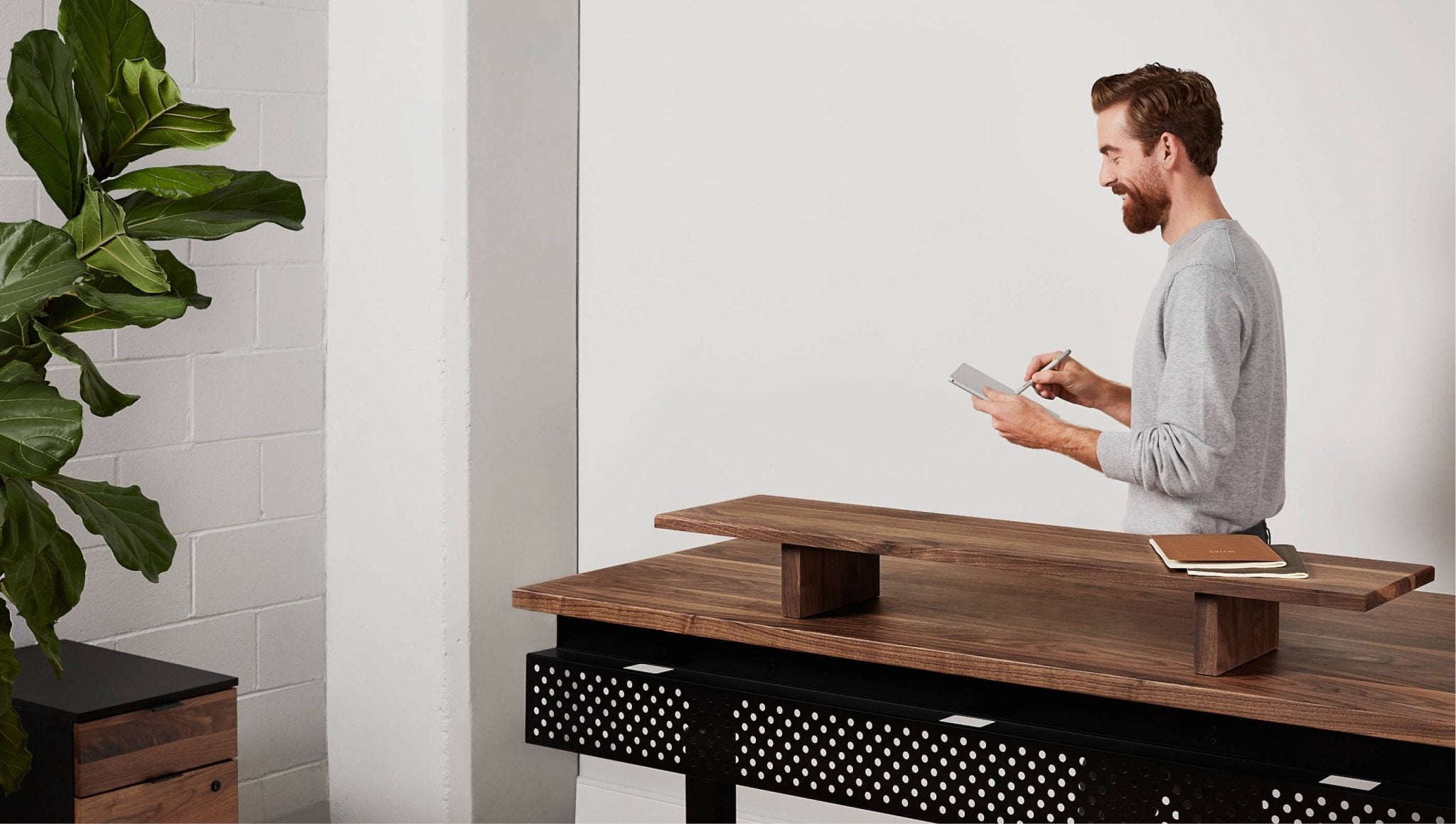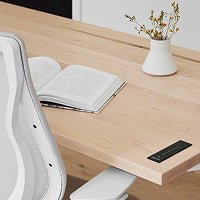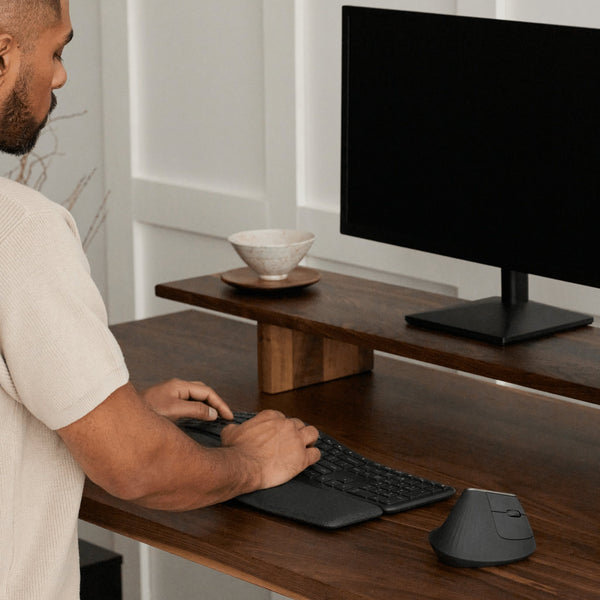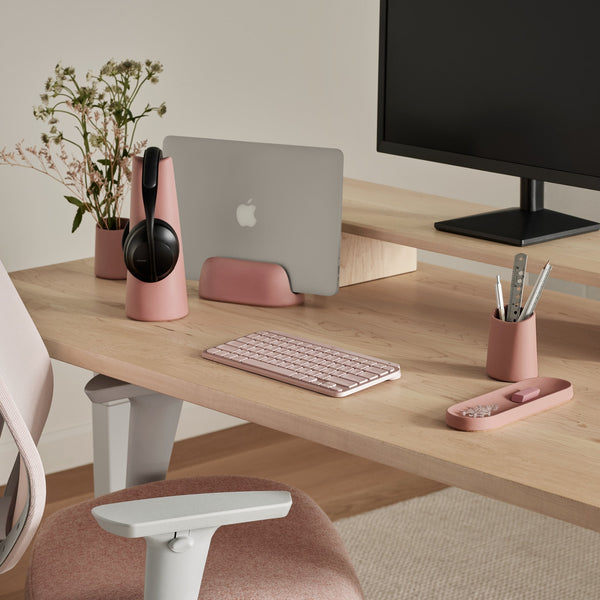En plus de bouleverser tous les aspects de notre vie, la pandémie de COVID-19 a radicalement changé notre façon d’aborder le boulot. Insatisfaits de leur travail de bureau qui les oblige à passer de longues heures assis, les yeux rivés sur leur ordinateur, les gens en profitent pour réévaluer ce que signifie pour eux l’équilibre travail-vie personnelle. Pour certains, il s’agit peut-être de faire le grand saut et de quitter leur emploi pour poursuivre leurs rêves. Mais pour beaucoup d’autres, c’est bien plus simple : ils veulent être plus heureux, profiter d’une meilleure santé générale et se sentir mieux. Toutefois, lorsqu’on passe huit heures par jour, cinq jours par semaine, assis sur une chaise inconfortable avec une mauvaise posture, se sentir mieux est difficilement envisageable.
Sign up to get 10% off your first order.
En plus, profitez d’offres exclusives, d’un accès prioritaire aux nouveaux produits, et bien plus encore.







Laissez un commentaire